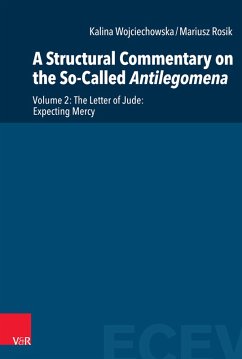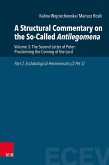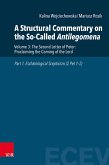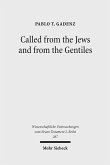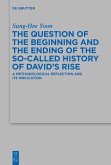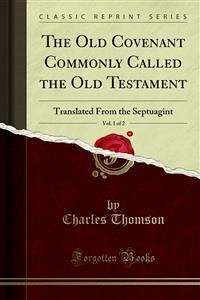Most commentators view the Epistle of Jude as a parenetic text. The commentary 'Expecting for the Mercy' highlights its soteriological and Christological contents. This has been possible by taking a structural approach to the text and showing that its structure is chiastic, with Jude 14-15 at its centre - a description of the eschatological judgment foretold from the beginning of the world. The judgment is seen primarily as a time to show mercy to the faithful. Knowing this, the believers should also show mercy to the straying. Placing Jude 14-15 at the centre of the theological reflection has allowed us to reveal the hermeneutic perspective applied to interpret apocalyptic texts. The narrator interprets this kind of texts from the Christocentric angle, just like all other writings belonging to the Jewish tradition. In addition, he uses typology and the pesher method. The commentary is ecumenical, taking into account both Catholic and Lutheran perspectives. Kalina Wojciechowska, Dr Hab., is Professor in the Department of New Testament Studies and Greek Language of the Christian Theological Academy in Warsaw.
Dieser Download kann aus rechtlichen Gründen nur mit Rechnungsadresse in A, B, BG, CY, CZ, D, DK, EW, E, FIN, F, GR, H, IRL, I, LT, L, LR, M, NL, PL, P, R, S, SLO, SK ausgeliefert werden.

